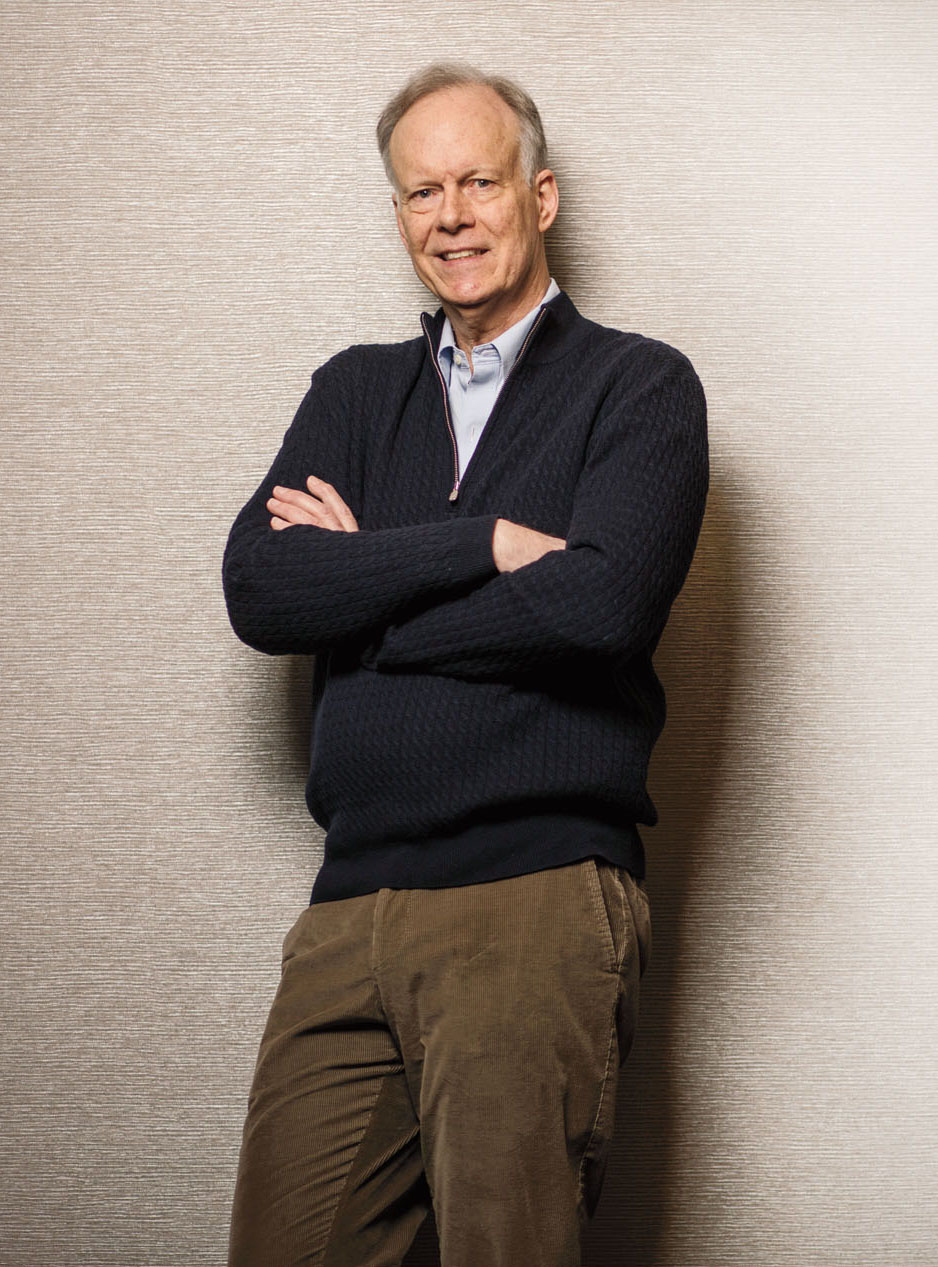In the 1940s my father aspired to be the first in his family to go to college. He went to his local public library on Long Island to find a school that was still up and coming and hence affordable. He zeroed in on Duke.
He applied to Duke and was rejected. He then hitchhiked over the course of three days to Durham and camped outside the admissions office. Impressed by his determination (or out of pity), an admissions officer interviewed him and gave him an aptitude test, after which he was accepted. My red-haired father did many menial jobs to pay for school, including selling sandwiches illegally in the dorms as “the red fox.” He was later accepted to Duke Law School, which allowed him to combine his senior year of college and first year of law school to minimize costs. My father ’52, J.D.’54 loved Duke and dreamt that his future eldest child (me) would go there.
As a young student, I was rather lazy and mostly got Bs. Fortunately, I always excelled at math – probably a tribute to my mother, who was a mathematician before becoming a homemaker. In my junior year, my high school became one of the first public schools to get a computer terminal, and computer science captured my imagination. On a whim I applied to a National Science Foundation summer program to study college-level mathematics and computer science. I thrived that summer and soon realized that my academic mediocrity was simply because I was bored. I also learned that you grow fastest when you are surrounded by people who are smarter than you are. In my senior year I got straight As.
I was accepted by Duke and MIT. In those days you could be a “late bloomer” and still get into an elite university. I chose Duke because I was contemplating a career in medicine. (Some paternal coercion was also involved.)
I excelled at Duke. During my junior year, however, a Duke chemistry professor told me about a research project in his laboratory. Seven premeds had worked on this project before me, and all had gotten into medical school. I immediately signed up. Unfortunately, I floundered for 18 months and received a C-minus after I correctly stated the project was impossible. Despite this blemish, a few medical schools took a chance on me, including Duke.
The innovative Duke Medical curriculum condensed the first two years of classroom learning into a (barely) tolerable one year. The trade-offs were that I did clinical work in my second year, which reaffirmed my decision to go into medicine, and did research in Randy Jirtle’s laboratory in my third year, which taught me that laboratory research could be fun and where I began to learn about tumor blood flow and oxygen. This sowed the seeds for my Nobel Prize. The outstanding clinical training I got at Duke led to a residency at the prestigious Johns Hopkins Hospital. The first time I presented a case to one of the senior attendings at Johns Hopkins, he pulled me aside after rounds and said, “I had almost lost faith in young doctors, but that was outstanding. Where did you train?” I proudly told him I went to Duke, to which he responded, “That explains it.” He was right.
